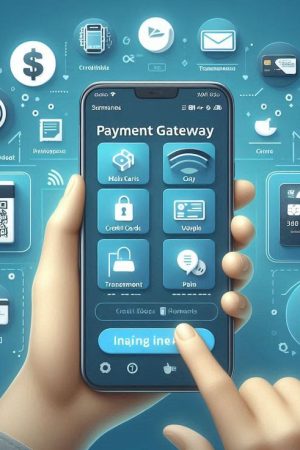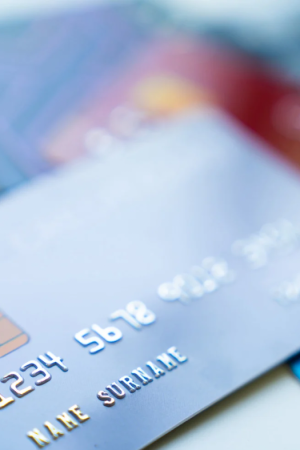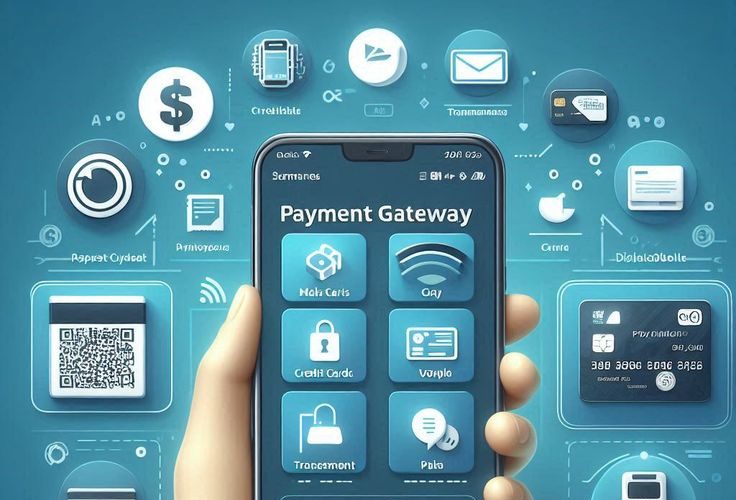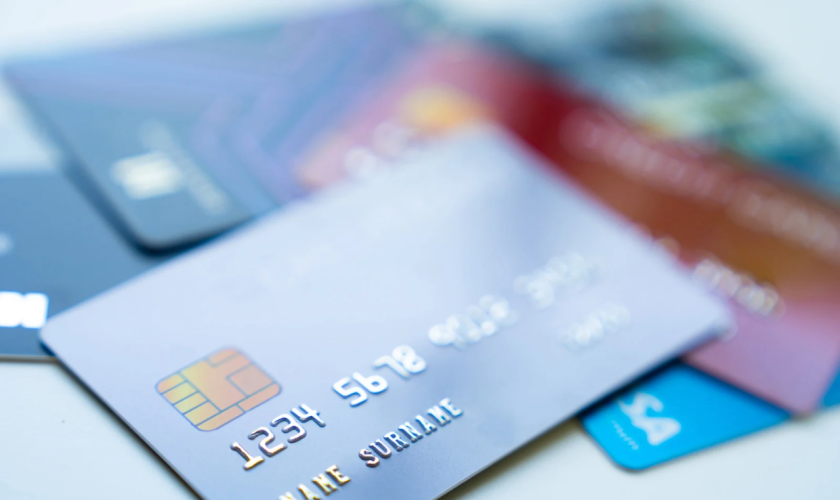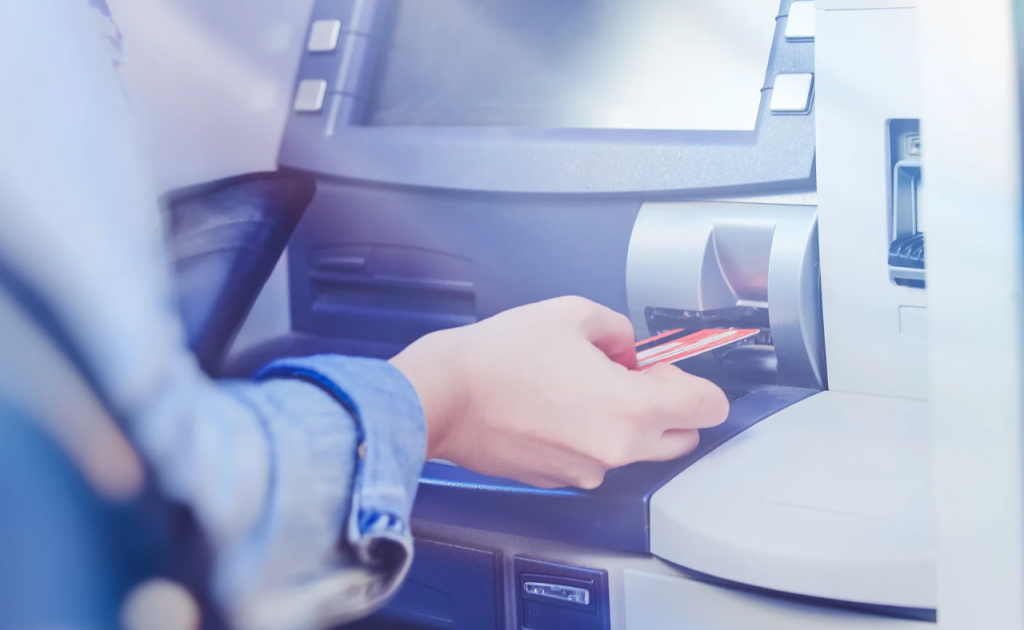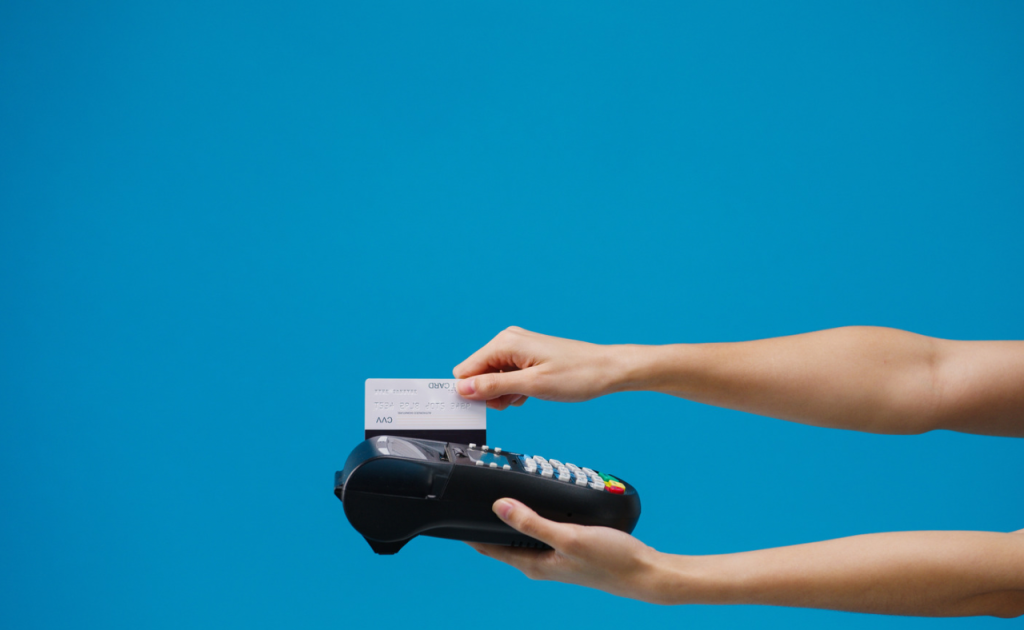Proper documentation is very much important before link your business with payment gateway. Before starting any business like e-commerce or the business which need payment site, most of the merchant gets confused about documents. The confusion mainly gains that which type of document you need to keep ready before link your business with any payment gateway. As every Payment Gateway Company has their own rules and regulation with proper terms and policy for completing every official process. So depending upon every rules of different company may the needs of documents is remain slightly different. But some common documents are there which you must need to submit while tag your business with any payment gateway.
So here we will discuss about the various types of business formations and the documentation required for such business holders for a payment gateway. Your business formation should be legal before link it up with any payment gateway. Documentation also depends on the category of business formation as we told you earlier. Now at first we will talk about variety of business formations which is available for link with payment gateway. After that we will talk about the documents require for those business formations as well.
Types of Business formations which require Payment gateway:
There are many types of business formations, which are present in the market for start-up your business. Here we will discuss about the mostly 5 types of business formation which needed the Payment gateway feature.
- Partnership Firm: – In partnership firm, two or more person will make a relation to run the business by investing their money and thus share the profit of the business equally.
- Proprietorship Firm: – This is a type of company or business which is only run by a single person only. There will be no share or owner more than in a single company.
- One Person Company: – In OPC only one person will acts as a director and thus he will be the shareholder for this company.
- LLP: – This is also known as Limited Liability Partnership in which all the partners of a company having limited liability in business depending on Jurisdiction.
- Private Ltd. Company: – This is a hybrid business entity in which the number of shareholder is limited to 50.
Common Documents you require for Payment gateway:
Some of the most common category of documents you need to requires for tag your business with Payment Gateway. Here the list of documents is given below.
- Photo Identity Proof: – At first you need any verified or Issuing Authority Signed Photo Identity Proof. Like you need to submit Pan Card copy, Voter ID Card or Driving Licence or Passport. (Self-Attested Sign and Issuing Authority Stamp)
- Permanent or Company or Office Address Proof: – For example you need to have Electricity Bill if you have own Property or Rent Agreement, Electricity Bill for Rented Property, Bank Account Proof(use the passbook).
- Other Documents: – Individuals Identity, Sole Proprietor, Partnership/LLP, Private Ltd. Firm.
- Bank Account Details (For cancelled cheque): – Bank account in which you can receive payment.
- Financial Proof: – Bank account details for last 12 month with bank seal and signature. Otherwise Audit balance sheet with P & L statements of account from the last two years.
Documents required for various categorised Business formations:
Here we will discuss about the various documents which will be required in various business formations for a Payment gateway.
# For Limited Liability Partnership or Partnership Firm:
For tagging the business like LLP or Partnership firm with the Payment gateway then you need to submit the following documents:-
- Registration Certificate of you Firm issuing by proper Authority.
- Copy or Agreement of the Partnership Deed.
- PAN card of the preferred Partnership Company.
- Board Resolution: The resolution should pass in favour of Authorised signatory. (In case of the LLP only) The date should be with-in 60 days from the date of issuing or signed. The date must be in printed format.
# For Proprietorship Firm:
As we already told you that this is a single owner based firm in which you need to submit your following documents for Payment gateway: –
- Registration Certificate issuing by the Authorised Signatory.
- Trade Licence issuing by Municipal Corporation under Shop and Establishment Act.
- Income Tax and Sales Tax Returns papers.
- VAT/CST certificates.
- Registration Certificate paper issued by Service tax/Sales Tax/ Professional Tax Authority.
# For Private Limited Company:
Now at last we will talk about the document needed for Payment Gateway by the Private Limited Company. So here we will list the name of documents.
- Incorporation Certificate, Association Articles, Memorandum documents. (first and last three pages in total)
- From the MCA website give the list of Directors details.
- PAN Card of the company.
- Board Resolution Paper.
According to Government rules and regulation or due to Payment Company changing rules sometimes the need of documents may vary. But the overall need of the common documents always remains same for all the types of business formations. It is recommend for you all that please maintain and issue the genuine documents from the Authorised issuing signatory thus you will not face any problem in official matter. Otherwise during the time of verification it may hamper your business or company or firm as well. Hope you all get understood that what we have discussed on this context totally written above. So get the brief information about the documents you require for a payment gateway by reading the context above.


